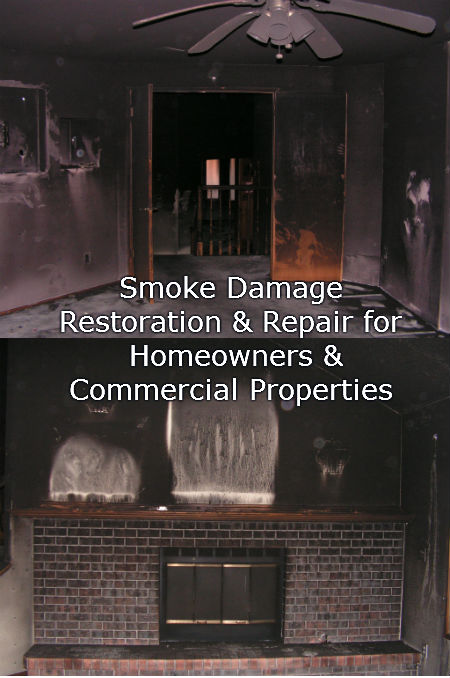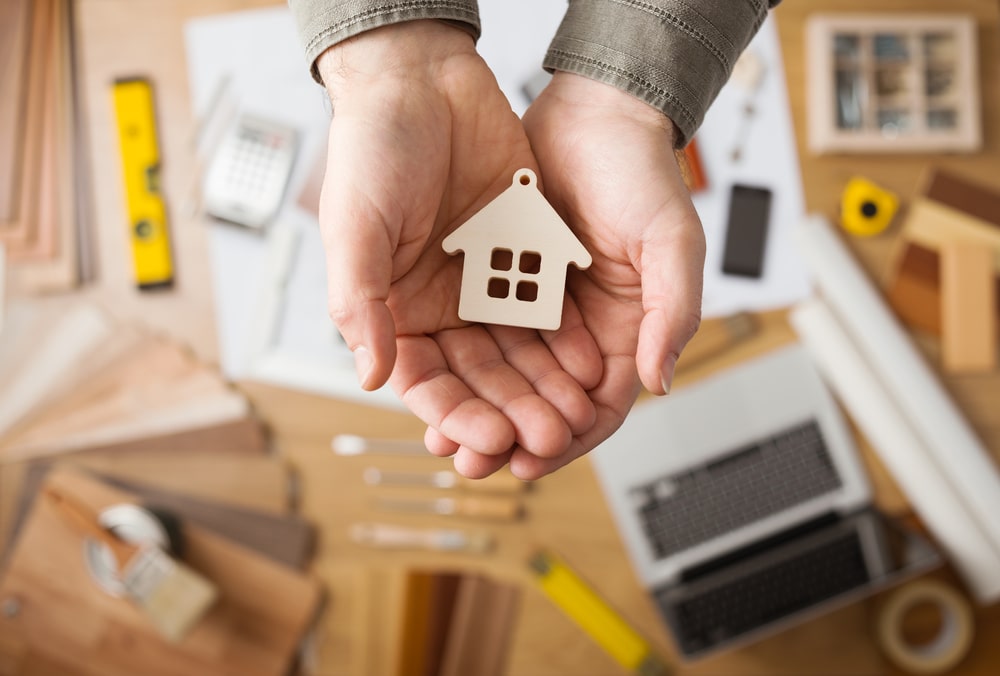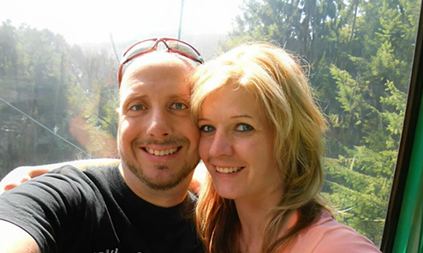
Fire & Smoke Damage
Call us: 206-759-2315
It’s the best way to get emergency service or schedule an appointment.
Once at a fire scene, we will test the soot to determine which type of smoke damage occurred.
Cleaning procedures will be based on the information identified during the pre-testing.
Types of smoke damage that we fix for homeowners and commercial properties:
- Wet smoke residues: Result from smoldering fires with low heat. Residues are sticky, smeary and with pungent odors. Smoke residue can be difficult to clean.
- Dry Smoke Residues: From fast burning fires at high temperatures. Residues are often dry, powdery, small, non-smeary smoke particles.
- Protein Residues: Virtually invisible residues that discolor paints and varnishes. Protein residues also create an extremely pungent odor.
- Other Types: Tear gas, fingerprint powder and fire extinguisher residues may also require smoke damage cleanup and restoration.
- Fuel Oil Soot: Furnace puff backs distribute fuel oil soot.
Maybe you’re not sure how to choose a company to fix the mess after a fire or smoke damage. Keep in mind that insurance companies don’t require any specific company, you can choose who you work with. Call if you have questions.

Call us: 206-759-2315
…it’s the best way to get immediate service or schedule an appointment.
DID YOU KNOW: Most insurance policies have a clause that excludes them from financial responsibility if they feel that the policy holder ignored the situation promoting further damage.
Your home or business could have been wet for a month, but as soon as you are aware of the damage, it is your responsibility to take action.
Calling First Response is considered action taken by the insurance company.
Smoke Damage FAQs
When a home or building is affected by fire, the damage often goes beyond what the flames destroy. Smoke leaves behind residue, odor, and contaminants that can affect air quality and surface integrity long after the fire is out. Many people turn to voice search with immediate questions about how to deal with smoke-related problems, especially when looking for clear steps and trusted support. Below, we answer common questions using direct language to help homeowners better understand the issues that come with smoke-related incidents and how our Washington smoke damage restoration team can help.
How Do I Know If Smoke Has Gotten Into My Walls Or Ductwork?
If you can still smell smoke days after the fire has been put out, there’s a strong chance the odor has spread into your walls, insulation, or air ducts. Discoloration around outlets, lingering haze, or dark streaks on the ceiling can also point to deeper contamination. HVAC systems often carry soot and smoke particles throughout the house, even into rooms that weren’t directly affected. Our Washington smoke damage restoration team recommends turning off your system until it can be professionally checked and cleaned to avoid spreading contaminants.
What Are The Health Risks Of Smoke Residue Inside A Home?
Smoke residue contains fine particles that can irritate the lungs, eyes, and skin. Prolonged exposure can be especially harmful for kids, older adults, and anyone with asthma or respiratory issues. It’s not just about the odor; chemicals left behind from burnt plastic, wood, or insulation can remain on surfaces and in the air. That’s why it’s critical to thoroughly clean all affected areas and materials, even if they don’t look visibly damaged.
Can Furniture And Personal Belongings Be Saved After Smoke Exposure?
It depends on how porous the materials are and how long the smoke was present. Solid wood furniture can usually be restored with deep cleaning and deodorizing treatments. Sofas, mattresses, or clothing, however, may require ozone treatment or specialized washing. Sometimes it’s more cost-effective to replace items, especially those that have absorbed strong odors or show visible soot staining. A proper inspection helps decide what can be salvaged safely and what needs to go.
How Long Does It Take To Remove The Odor Completely?
Getting rid of the smell isn’t just about masking it with sprays or candles; it involves removing the source and cleaning all affected areas. Depending on the size of the space and the level of contamination, deodorizing and air scrubbing can take anywhere from a few days to a week or more. Factors like weather, HVAC use, and material type all play a role. We use proven methods like thermal fogging or hydroxyl generators that neutralize odor at the molecular level.
Is It Safe To Stay In The House While Cleanup Is Happening?
In most cases, it’s better to stay elsewhere until the work is complete. Restoration teams often use commercial-grade cleaners and equipment that require time to ventilate properly. Even when products are safe, the air quality may still be poor during the early stages of cleaning. Our Washington smoke damage restoration team wants our clients to return to a fully safe and clean home, not one that’s only halfway restored. Taking time away during the process allows for a more thorough job and better long-term results.
Moving Forward
Smoke-related damage can be stressful to deal with, especially when the issues aren’t immediately visible. That’s why it’s important to act quickly and work with experienced crews who know how to handle both the surface damage and what lies beneath. Since 1989, our team at First Response Water Damage has helped families and property owners clean up, recover, and move forward after fire-related incidents. If you have questions about what comes next or need help assessing your space, we’re here to guide you every step of the way. Reach out today to speak with our reliable team and take the first step toward restoring your home.


